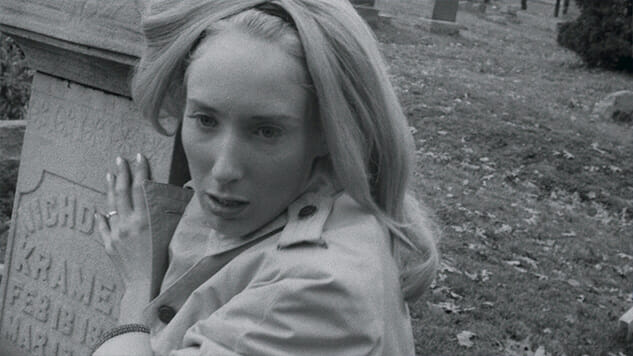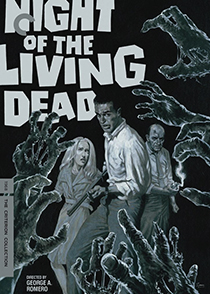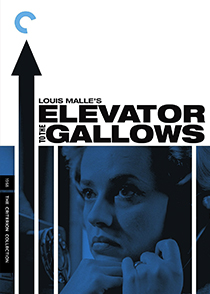Best of Criterion’s New Releases, February 2018

Each month, the Paste staff brings you a look at the best new selections from the Criterion Collection. Much beloved by casual fans and cinephiles alike, The Criterion Collection has for over three decades presented special editions of important classic and contemporary films. You can explore the complete collection here. In the meantime, because chances are you may be looking for something to give the discerning (raises pinkie) cinephile this month, find all of our Criterion picks here, and check out some of our top titles this February:
 Night of the Living Dead
Night of the Living Dead
Director: George A. Romero
Year: 1968
George A. Romero’s harrowingly realistic masterpiece Night of The Living Dead may have single-handedly invented the zombie genre, but it still dominates a formidable chunk of the pop culture conversation 50 years after its release. Romero and a bunch of his buddies from his Pittsburgh-based commercial film company scrounged up enough dough to film a low-budget horror flick about a group of strangers struggling to survive the night after an army of the undead try their best to turn them into human sashimi. With complete creative control, the crew was able to display a then-extreme level of gore and cast an African-American actor (Duane Jones) as the protagonist without having to change a single word in the screenplay in order to reference his race. The film’s depiction of a black man taking charge in a heavily stressful environment, acting like the only adult in a room full of terrified and irrational white people, alluded positively to the civil rights movement, yet for Romero, the casting decision was based solely on the fact that Jones was the best actor they could get. Aside from the many symbolic tags audiences have placed on Night, the film works primarily as an intimately direct tale of survival—all sub-plots and character arcs directly connect to the single goal of finding any way possible to not get eaten—and the black and white docudrama-like cinematography infuses Romero’s narrative with the eerie look of a newsreel, making the terror feel that much more palpable.
-

-

-

-

-

-

-

-

-

-

-

-

-

-

-

-

-

-

-

-

-

-

-

-

-

-

-

-

-

-

-

-

-

-

-

-

-

-

-

-

 Elevator to the Gallows
Elevator to the Gallows The Silence of the Lambs
The Silence of the Lambs






































